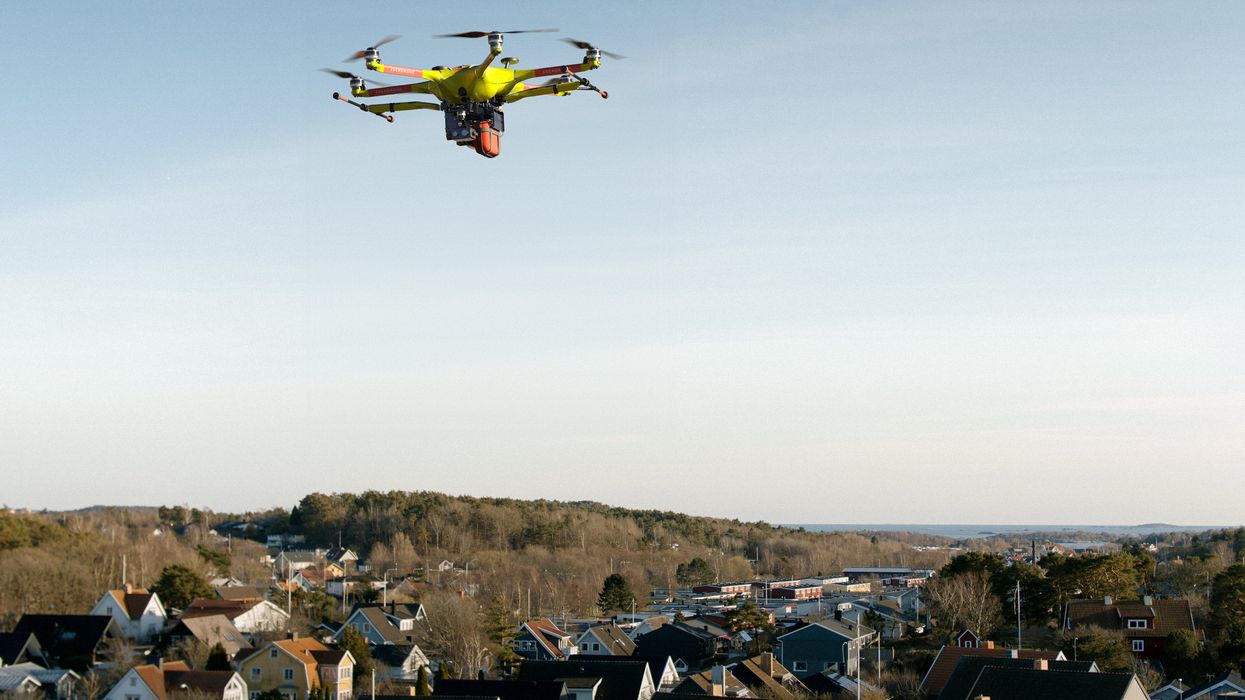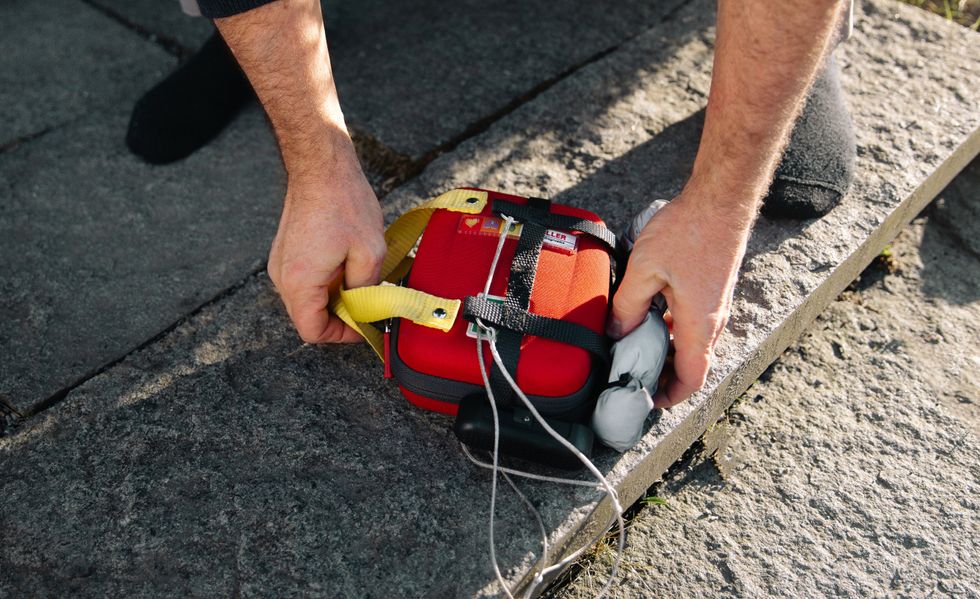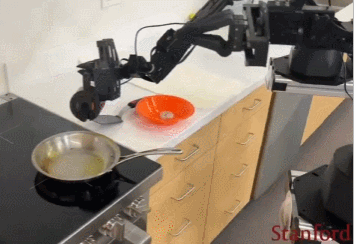Drones Deliver Defibrillators Faster Than Ambulances

Every minute counts when someone suffers a cardiac arrest. New research suggests that drones equipped with equipment to automatically restart someone’s heart could help get life-saving care to people much faster.
If your heart stops beating outside of a hospital, your chance of survival is typically less than 10 percent. One thing that can boost the prospect of pulling through is an automated external defibrillator (AED)—a device that can automatically diagnose dangerous heart rhythms and deliver an electric shock to get the heart pumping properly again.
AEDs are designed to be easy to use and provide step-by-step voice instructions, making it possible for untrained bystanders to deliver treatment before an ambulance arrives. But even though AEDs are often installed in public spaces such as shopping malls and airports, the majority of cardiac arrests outside of hospitals actually occur in homes.
A team of Swedish researchers decided to use drones to deliver AEDs directly to patients. Over the course of an 11-month trial in the suburbs of Gothenburg, the team showed they could get the devices to the scene of a medical emergency before an ambulance 67 percent of the time. Generally the AED arrived more than three minutes earlier, giving bystanders time to attach the device before paramedics reached the patient. In one case, this saved a patient’s life.
“The results are really promising because we show that it’s possible to beat the ambulance services by several minutes in a majority of cases,” says Andreas Claesson, an associate professor at the Karolinska Institute in Solna who led the research. “If you look at cardiac arrest, each minute that passes without treatment survival decreases by about 10 percent. So a time benefit of three minutes, as in this study, could potentially increase survival.”
The project was a collaboration with Gothenburg-based drone operator Everdone and covered 194.3 square kilometers of semi-urban areas around the city, with a total population of roughly 200,000. Throughout the study period, the company operated five DJI drones that could be dispatched from hangars at five different locations around the city. The drones could autonomously fly to the scene of an emergency under the watch of a single safety supervisor. Each drone carried an AED in a basket that could be winched down from an altitude of 30 meters.
When the local emergency response center received a call about a suspected cardiac arrest or ongoing CPR, one of the drones was dispatched immediately. Once the drone reached the location, it lowered the AED to the ground. If the emergency dispatcher deemed it appropriate and safe, the person who had called in the cardiac arrest was directed to retrieve the device.

Everdrone
Drones weren’t dispatched for every emergency call, because they weren’t allowed to operate in rain and strong winds, in no-fly zones, or when calls came from high-rise buildings. But in a paper in the December edition of The Lancet Digital Health, the research team reported that of the 55 cases where both a drone and an ambulance reached the scene of the emergency, the drone got there first 37 times, with a median lead time of 3 minutes and 14 seconds.
Only 18 of those emergency calls actually turned out to be cardiac arrests, but in six of those cases the caller managed to apply the AED. In two cases the device recommended applying a shock, with one of the patients surviving thanks to the intervention. The number of cases is too few to make any claims about the clinical effectiveness of the approach, says Claesson, but he says the results clearly show that drones are an effective way to improve emergency response times.
“Three minutes is quite substantial,” says Timothy Chan, a professor of mechanical and industrial engineering at the University of Toronto, who has investigated the effectiveness of drone-delivered AEDs. “Given that in most parts of the world emergency response times are fairly static over time, it would be a huge win if we could achieve and sustain a big reduction like this in widespread practice.”
The approach won’t work everywhere, admits Claesson. In rural areas, the technology would likely lead to even bigger reductions in response time, but lower population density means the cases would be too few to justify the investment. And in big cities, ambulance response times are already relatively rapid and high rise buildings would make drone operation challenging.
But in the kind of semi-urban areas where the trial was conducted, Claesson thinks the technology is very promising. Each drone system costs roughly US $125,000 a year to run and can cover an area with roughly 30,000 to 40,000 inhabitants, which he says is already fairly cost-effective. But what will make the idea even more compelling is when the drones are able to respond to a wider range of emergencies.
That could involve delivering medical supplies for other time-sensitive medical emergencies like drug overdoses, allergic reactions or severe bleeding, he says. Drones equipped with cameras could also rapidly relay video of car accidents or fires to dispatchers, enabling them to tailor the emergency response based on the nature and severity of the incident.
The biggest challenge when it comes to delivering medical support such as AEDs by drone, says Claesson, is the reliance on untrained bystanders.“It’s a really stressful event for them,” he says. “Most often it’s a relative and most often they don’t know CPR and they might not know how an AED works.”
One promising future direction could be to combine drone-delivered AEDs with existing smartphone apps that are used to quickly alert volunteers trained in first aid to nearby medical emergencies. “In Sweden, in 40 percent of cases they arrive before an ambulance,” says Claesson. “We could just send a push notification to the app saying a drone will deliver an AED in two minutes, make your way to the site.”







